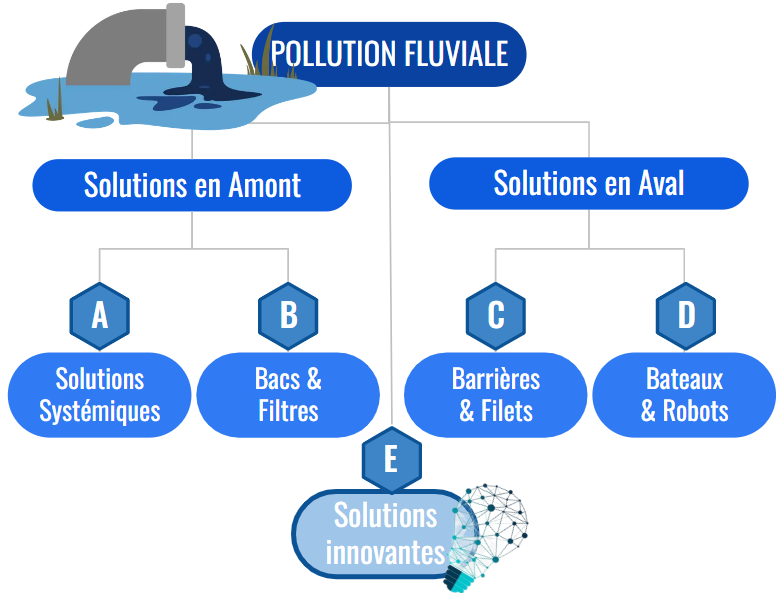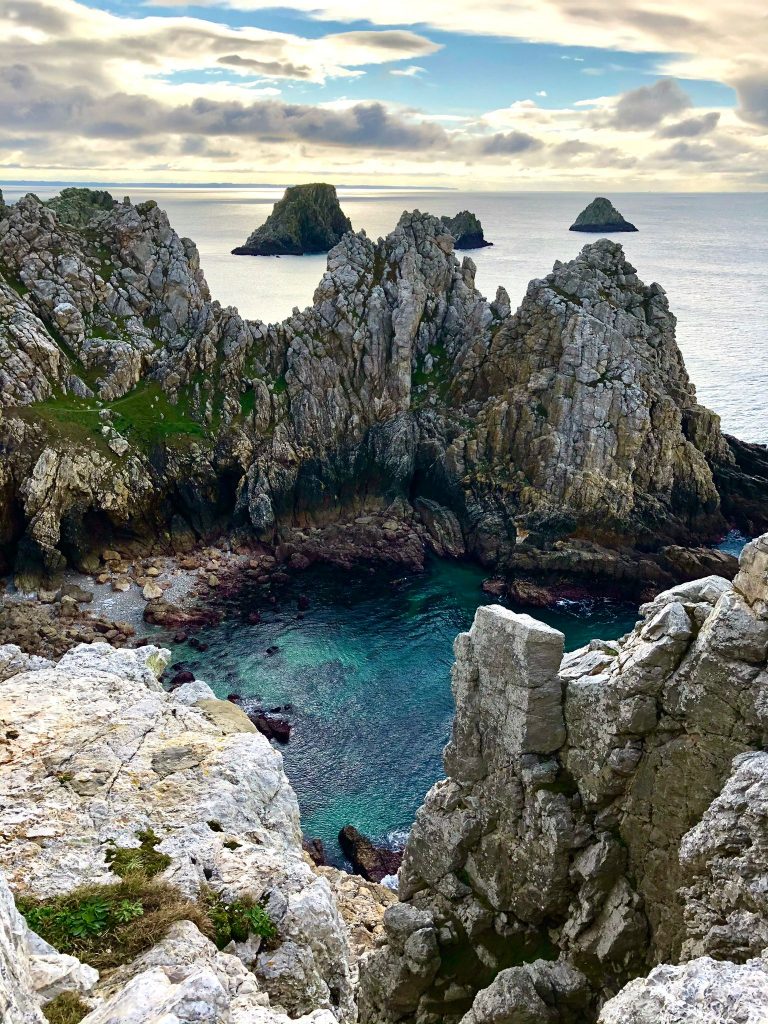

The aim of the initiative led by the Fonds de dotation Andurand is to encourage bright minds to collaborate, in teams and between teams, across several countries, to accelerate the identification and development of practical solutions to the problems of plastic pollution, as well as solutions to protect coasts from erosion.
The FDD Andurand created the URGENSEA challenge in response to two major issues:
⬢ Plastic pollution infests the air we breathe, the water we drink and the food we eat. It is a threat to public health, ever more contaminating.
⬢ The ocean is expanding and rising sea levels are increasingly threatening. Coastal erosion is accentuated and the shoreline eroded, while the destruction of public and private property continues.
URGENSEA's ambition is to raise the awareness of higher education players and mobilize engineering to the rescue of the sea, by inviting engineering schools keen to integrate socio-ecological issues into the pursuit of positive impact, to contribute to the identification and structuring of rigorous responses.
Our Vision
To develop a platform for exchange and creation that encourages the younger generation to become aware of and face up to the rising climate threat by devising sustainable protection solutions;
Our Mission :
Mobilise schools and engineering students to co-opt the problems of plastic pollution and coastal erosion, to call on science to the bedside of our consciences and mobilise engineering to the rescue of the sea;
Our Goals :
⬢ Optimise the process of identifying solutions by connecting the academic world with entrepreneurs in the fight against climate change;
⬢ Encourage exchanges of knowledge and experience between participating countries, because the environment knows no borders;
⬢ Accelerate the identification of viable and sustainable solutions to river pollution and coastal erosion;
⬢ Raise awareness among young people while involving them directly in the fight against the climate crisis.

1st step : Choose the theme in which you would like to compete
⬢ River Pollution ⬢ Coastal Erosion
2nd step : Choose the sub-category for your project
Upstream Solutions :
A. Systemic Solutions
B. Bins and Filters
Downstream Solutions :
C. Barriers and Nets
D. Boats and Robots
E. An unlisted innovative solution
Mechanical Solutions
A. Breakwater
B. Artificial Reefs
Natural Solutions
C. Living Coastline
D. Green Engineering
E. An unlisted innovative solution


How to take part in the URGENSEA challenge :
⬢ Participation is open to teams of between 5 and 12 students, ranging from 1st year undergraduates to doctoral students
.
⬢ Each team must include an academic advisor who will have a mentoring role (and does not count as a team member)
.
⬢ Each team must designate a student as Team Leader (or co-Team Leaders)
.
⬢ A team can be made up of students from the same school, or from different engineering schools, or from different countries
.
Each participating team must indicate the name under which it wishes to compete.


In order to provide the best possible support to participating teams, increase their chances of success, and avoid wasting precious time starting from scratch, the FDDA has cleared and marked out the ground for the themes concerned.
The URGENSEA team provides participating teams with a knowledge base listing a large number of existing, tested and deployed solutions, around the Challenge themes of River Pollution and Coastal Erosion, as well as proposed sub-categories.
This wealth of information saves students a considerable amount of time, and offers them both a wealth of knowledge and a source of inspiration for creating their own solutions, or potentially enriching or perfecting existing ones.
In this case, we also take charge of establishing contact with the entrepreneurs behind these solutions. It will then be possible, via this database, to contact these companies for further information and to exchange views with the various players involved.
We invite participating teams to think, design, create, develop, complete, improve or refine innovations and solutions in line with the two Challenge themes.
In addition to the resources made available, the URGENSEA Challenge offers participating teams two forms of support: a Mentoring platform and a panel of Experts.
Participating teams will have access to invaluable experience and expertise, through the support of the Mentor they have selected on our platform.
Recognized for their practical experience of both technical and operational solutions deployed in response to our challenges, URGENSEA Mentors can be called on from the initial concept development phase right through to deployment, considerably improving the chances of project deployment.
Mentors may be contacted once or twice a month, depending on the needs of the team and the progress of the project. Each Mentor has the opportunity to share his or her know-how and expertise with one or, if he or she so chooses, a maximum of two participating teams.
Each team can call on experts selected by the FDDA team. Recognized for their in-depth expertise on issues such as river pollution, threats to the ocean or coastal erosion, they act as advisors on specific technical subjects.
They can be called on at any time during the Challenge, on technical, financial or institutional issues.... but must remain ad hoc.


Pour sa première édition, le challenge URGENSEA est doté de 100,000 euros avec un total de 64,000 euros de Prix pour récompenser jusqu’à 4 équipes lauréates dans les 2 catégories.
In the River Pollution category fluviale :
⬢ Platinum Scaphandre : 18 000 euros
⬢ Gold Scaphandre : 14 000 euros
In the Coastal Erosion category :
⬢ Platinum Scaphandre : 18 000 euros
⬢ Gold Scaphandre : 14 000 euros
Le jury est composé de membres, entre personnalités et professionnels spécialisés identifiés en France, Belgique, Suisse, Hollande et Italie. Les délibérations se feront en 2 sessions.
